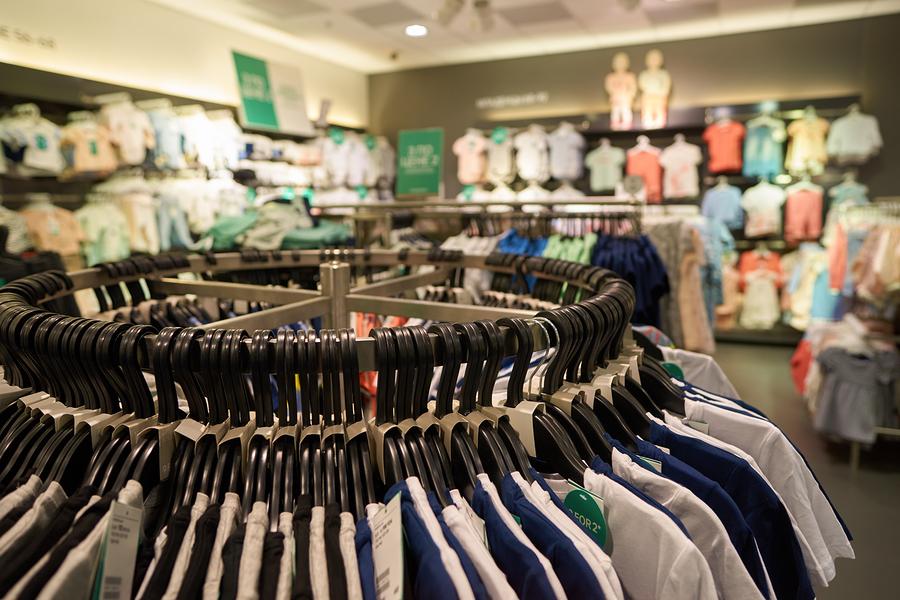Currently, the purchase of second-hand clothing has become an alternative for millions of people, something that is here to stay for the next few years and that will even beat the fast fashion market within the fashion industry.
In the midst of the health crisis, the issue of sustainability has become an axis through which many brands seek to impact consumers, however, the resale market will take an advantage over the new collections of traditional retailers, so by 2030 this is expected to be twice the size of fast fashion.
According to a global report by Thredup, an online thrift store, and market research firm GlobalData, the market for second-chance clothing is growing 11 times faster than traditional retail, for which its value will reach 84 billion dollars by 2030, while fast fashion is expected to be worth close to 40 billion.
Second hand beats sustainable fashion
Although the attempts of brands to create collections under the concept of 'sustainability' are vast, this strategy will not be enough to beat second-hand clothes, as more and more consumers are betting on this new way of buying.

Given this, more and more small businesses see an opportunity in this sector and thus the battle for retailers is no longer just between competing brands, but also over those who even resell their own clothes.
According to the same report, in the United States 118 million consumers tried to resell a product for the first time in the last 12 months, compared to 36.2 million who tried it a year before the arrival of the coronavirus pandemic.
Problem for brands and fast fashion
Despite wearing a more 'ecological' flag, something that both Millennials and Generation Z appreciate, this is not enough to achieve effective sales due to issues such as price, greenwashing and what the brands themselves place as sustainable, since this it is often less inclusive and transparent than second-hand clothing.
It is clear that this will mark a change in the agenda of the big brands in the clothing industry, as well as for marketers, since they will have to create more and better strategies that convince the consumer to buy a new sustainable item instead of resorting to to a second hand store.
In Mexico, 47% of the people interviewed in a Statista Global Consumer Survey in 2020 stated that they had bought at least one second-hand item during the last twelve months, where clothing leads the category that Mexicans buy the most for this modality, followed by electronic devices and the segments of books, movies, music and games.
According to the same study, Mexico is considered the third country with second-hand purchases in the world, behind Poland (51%) and the United Kingdom (50%) where second-hand purchases are more popular.
Although the future of the market may become very versatile, the truth is that reusing garments and other articles is here to stay, at least for several more years, before which it is important to see if what began as an informal business can become in a new emerging trade from which new companies will be formed.
READ MORE
48 Best Parka For Extreme Cold In 2021 Based On 7300 Reviews
Coronavirus Mexico July 4; summary of the latest news, infections and deaths
Bertín Osborne gives Pablo Motos a zasca for 'El Hormiguero': "You don't spend the money"
The dandies of the Congo